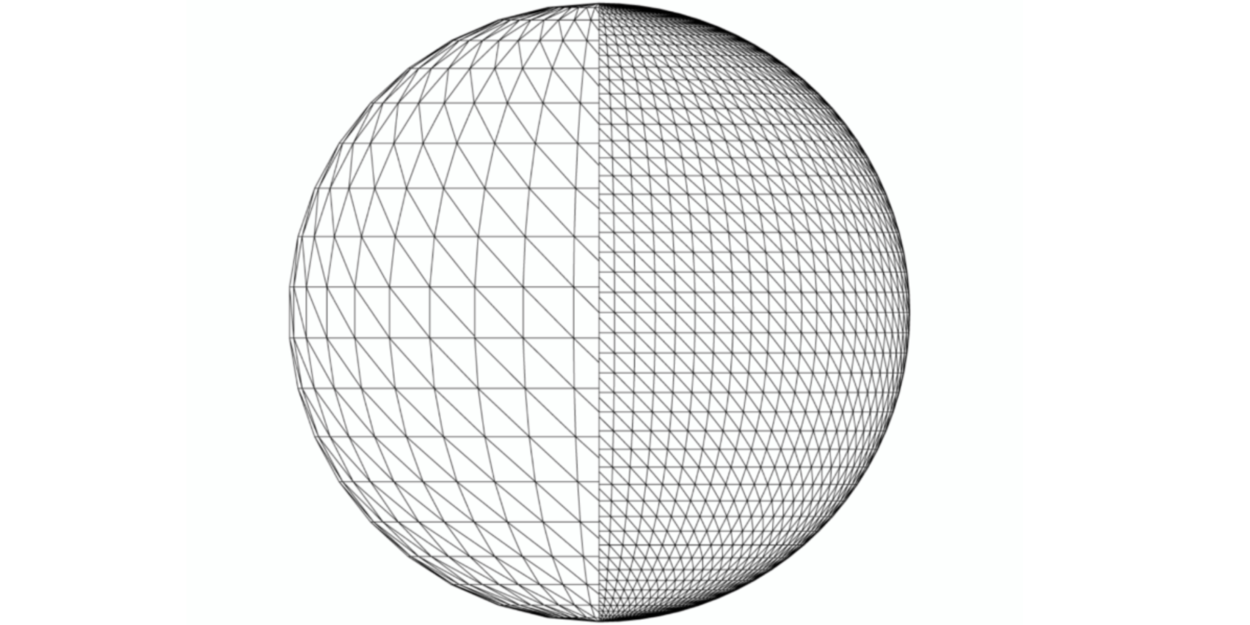glTF (GL Transmission Format)
glTF is often called the “JPEG of 3D” because it’s designed for efficient transmission and loading of 3D models, especially for web and real-time applications. It stores geometry, materials, textures, and animations in a compact form, making it ideal for online 3D previews or AR/VR experiences. While not a direct 3D printing format, it’s useful for sharing and visualizing models before converting them into printer-ready files.
FBX (Filmbox)
FBX is a widely used format in animation, game development, and visual effects, capable of storing complex geometry, textures, lighting, and animation data. It’s supported by many 3D modeling tools, making it a strong choice for transferring models between software. For 3D printing, FBX files are usually converted to STL or OBJ, but their rich data makes them valuable for pre-print visualization and design refinement.
U3D (Universal 3D)
U3D is a standardized 3D format often used for embedding interactive 3D models into PDF documents, which makes it a favorite for technical documentation, product manuals, and engineering reports. While it’s not a direct printing format, it’s excellent for communicating 3D designs to clients or teams without requiring specialized 3D software.
PRC (Product Representation Compact)
PRC is a highly compressed 3D format optimized for embedding precise CAD data into PDFs. It can store exact geometry, assembly structures, and product manufacturing information (PMI), making it valuable for engineering workflows. For 3D printing, PRC files are typically converted into mesh-based formats, but their precision ensures accurate manufacturing data transfer.
OFF (Object File Format)
OFF is a simple text-based format for storing polygonal geometry, often used in academic and research contexts. It describes vertices, faces, and edges without extra features like textures or materials. While minimal, its simplicity makes it easy to process and convert into printable formats, especially for algorithm-generated models.
CTM (OpenCTM)
OpenCTM is an open-source format designed for compressing triangle meshes without losing detail. It’s efficient for storing and sharing large, complex models while keeping file sizes manageable. In 3D printing, CTM can be a good intermediate format before converting to STL, especially when working with high-resolution scans or intricate designs.
3DXML (Dassault Systèmes)
3DXML is a proprietary format developed by Dassault Systèmes for sharing lightweight 3D content from CATIA and other Dassault tools. It can store geometry, textures, and metadata, making it useful for collaborative engineering projects. For 3D printing, it’s typically converted into neutral formats like STEP or STL to ensure compatibility.
X_T / X_B (Parasolid)
Parasolid files, in X_T (text) or X_B (binary) form, store precise CAD geometry using boundary representation (B-rep). They are widely used in engineering and manufacturing because they preserve exact dimensions and design intent. Before 3D printing, these files are usually converted into mesh formats, but their accuracy ensures high-quality results.
Native CAD Formats (Proprietary)
Native CAD formats, such as SolidWorks’ SLDPRT or Autodesk Inventor’s IPT, store complete design data including parametric features, constraints, and assemblies. They are ideal for editing and refining designs, but are not directly printable. Converting them to STL, OBJ, or 3MF is a standard step before sending them to a 3D printer.
DICOM (Digital Imaging and Communications in Medicine)
DICOM is a medical imaging format used for storing 3D scan data from CT or MRI machines. In 3D printing, DICOM files are often processed into surface meshes for creating anatomical models, surgical guides, or prosthetics. Its precision and compatibility with medical imaging make it essential for healthcare-related 3D printing applications.














